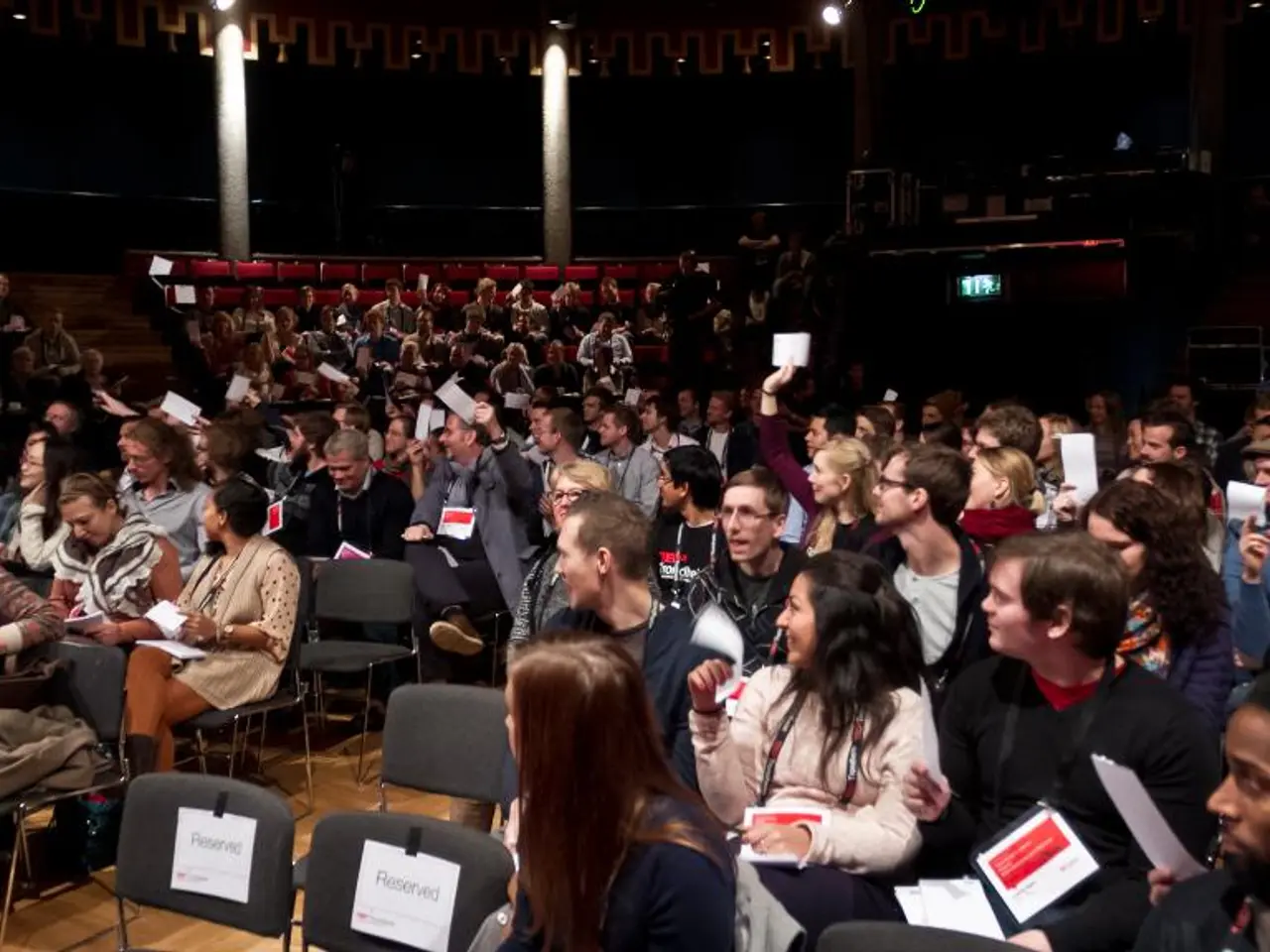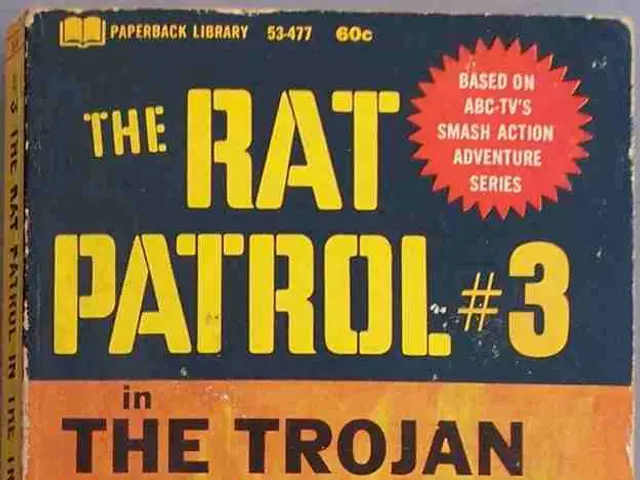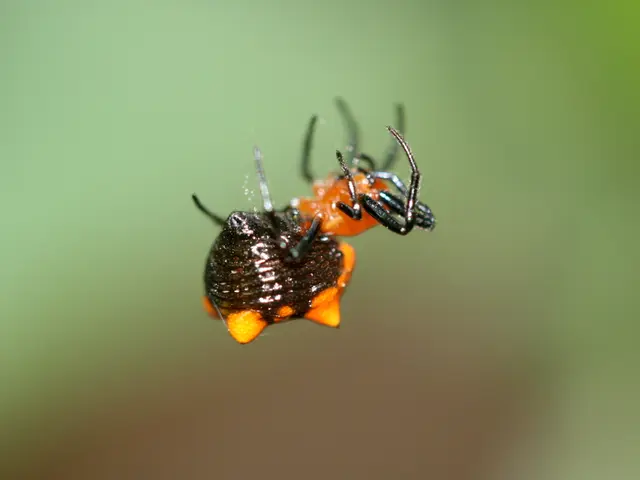EPO Simplifies Patent Representation Rules
The European Patent Office (EPO) has implemented significant changes to its representation rules, effective immediately. These updates are part of the EPO's ongoing simplification and digitalisation efforts under its Strategic Plan 2028.
Previously, individual authorisation was required for each case. Now, legal practitioners can join associations, eliminating this requirement. This change allows legal practitioners to enjoy equal treatment with professional representatives in EPO proceedings.
Representation can now be undertaken by professional representatives, associations, or legal practitioners. Membership in an association registered with the EPO authorises all members to represent applicants without individual authorisation. Legal practitioners can create or join such associations, either with professional representatives or other legal practitioners.
Over 600,000 proceedings are currently handled by associations of representatives. MyEPO, the EPO's online platform, now offers a self-service function for creating and administering these associations.
From October 1, 2025, law firms consisting exclusively of lawyers admitted to the bar in EPC Contracting States can be founded or joined. This process will be managed via the MyEPO portal through the relevant online services for patent attorney organisations.
These changes aim to simplify representation processes, increase flexibility, and encourage collaboration among legal practitioners. The EPO expects these updates to enhance efficiency and equality in patent proceedings.







